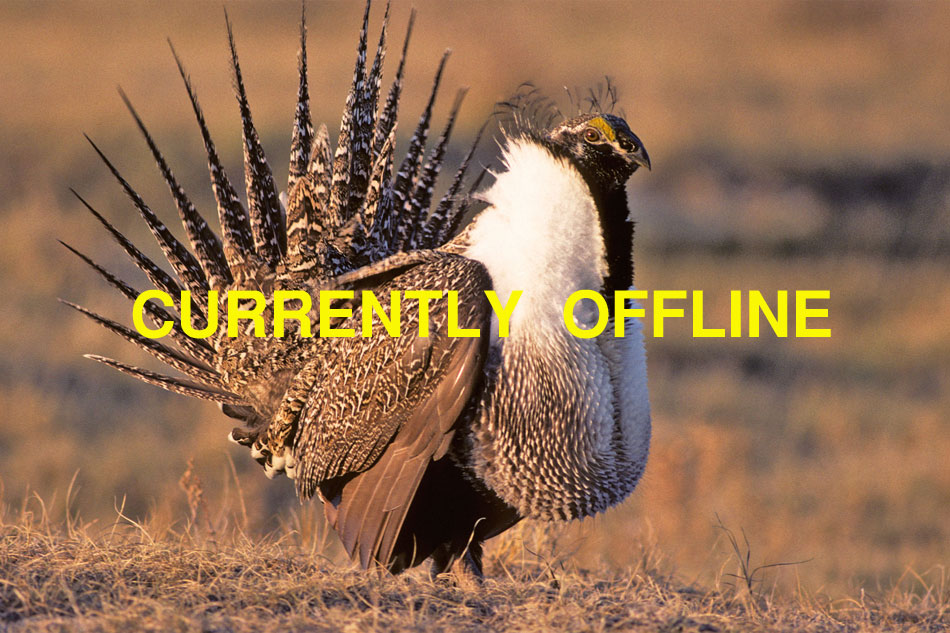
LIVE SAGE GROUSE WEBCAM
- Local Time
- Location: Oregon, United States
- Source: www.explore.org
- Info: Live streaming sage grouse webcam in Oregon, United States. The sage grouse are at communal mating grounds, or leks, to show off their moves. In hopes of impressing some very picky hens, these males puff their chests, fan their feathers and really strut their stuff.
More info: The greater sage-grouse is the largest grouse in North America. It lives in the western half of the United States and the provinces of Alberta and Saskatchewan. It was known simply as the sage grouse until the Gunnison sage-grouse was recognized as a separate species in 2000.
The greater sage grouse is greyish in colour with a black belly and long tail which has spiky tail feathers. Female sage grouse are more dull in colour and blend in with the surrounding habitat.
At the start of the mating season - generally mid to late March – the male sage grouse gather each year at ancestral spots known as leks. Lek is a Nordik word that loosely translates to mean dance hall or dance floor. As they perform their courtship display, the male sage grouse dance and make a popping sound by inflating and deflating their two yellow throat sacs. They display their pointed tail feathers while they strut and as many as a dozen male grouse may display at the same time. All leks have reduced vegetation and afford a 360 degree view for the grouse in order to watch for eagles – the predator most likely to kill a bird whilst in the lek.
The female sage grouse will watch the males display for several days before picking out a mate. The hen will make the nest in the sagebrush and the males do not help with nesting or with raising chicks.
Greater sage grouse may travel from over 3-6 miles away to get to the lek. Leks that are disturbed are abandoned and do not usually result in birds using a nearby lek. Protecting leks and the 3-6 miles surrounding these breeding grounds is a priority to enable conservation of the bird.

